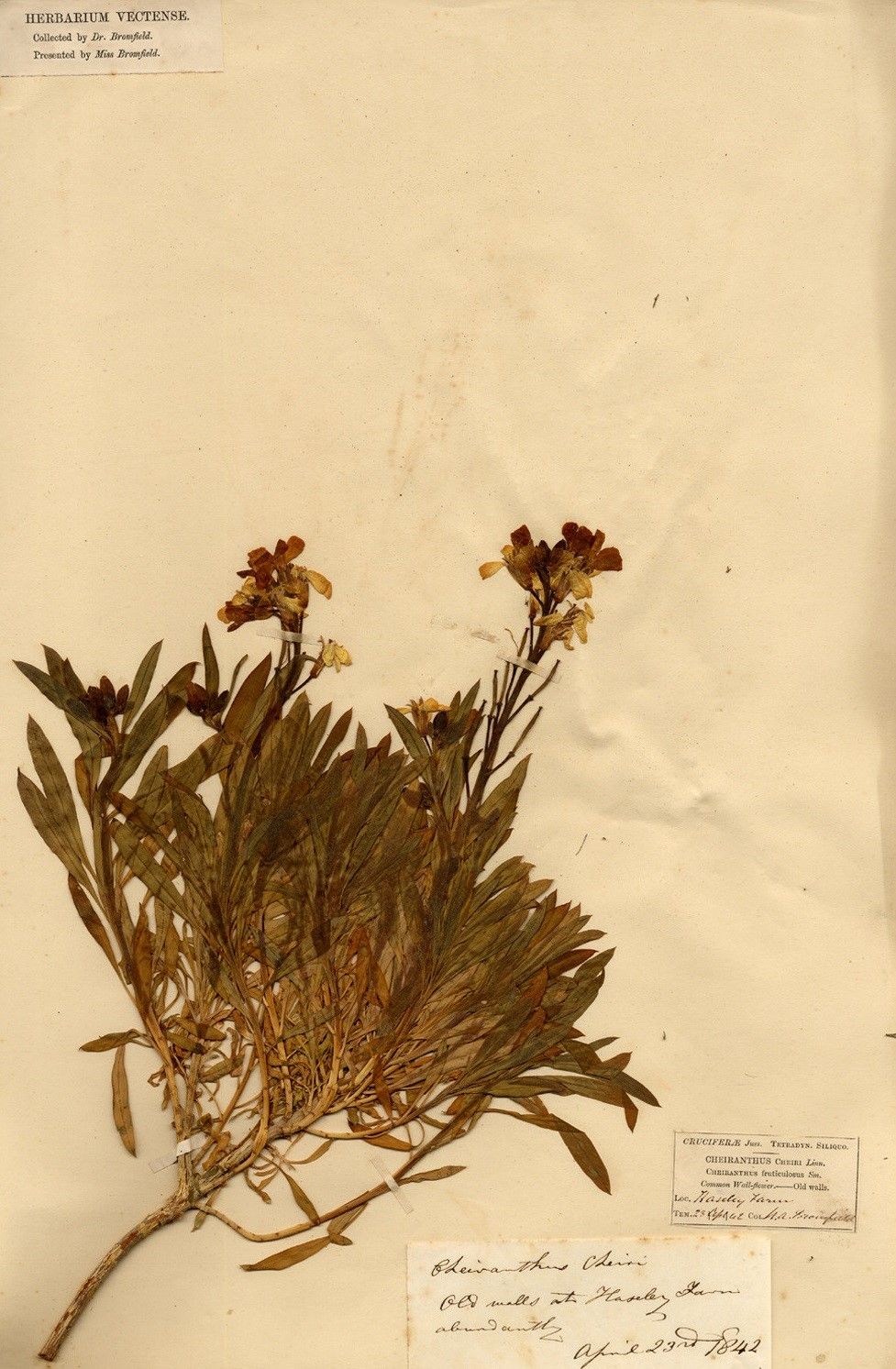Every period of human migration, conquest and exploration has brought new flowers to our shores, many of which we have adopted as our own. For World Flower Day we will take a look at our herbarium collection and briefly explore the stories behind some of our early imported flowering plants.
Our natural landscape would have looked very different after the last Ice Age – around 10,000 years ago. We only had about 200 species of plants, compared with the tens of thousands found in the wild today. As the frozen ground warmed it was open for new and more colourful invaders.
Common Poppy, Papaver rhoeas
The Common Poppy is a flower we expect to see in fields across the country. It is native to the Mediterranean and first appeared on the British Isles in the late Bronze Age, roughly 3,000 years ago. This occurred at a time of migrations across the continent and the settlement of new farming communities. It is thought that the poppy was brought to our shores during these migrations along with the seeds of other agricultural crops.

Common Wallflower, Erysimum cheiri
The Common Wallflower is a popular garden bedding and rockery plant. It is also commonly found on cliff faces along the coast. It originated in the Balkans and spread widely across Europe before making its way to England around 1000 years ago, at roughly the same time as the Norman Conquest.
We know that this flower grew on castle walls in Normandy at this time. The Normans preferred to build castles in England with their own native stone and may have mistakenly imported this flower with other building materials.

Hyssop, Hyssopus officinalis
The Hyssop is a shrub, native to the Mediterranean and Asia Minor. It has blue and purple bell-like flowers which attract bees throughout the summer.
In the medieval period this was a common herb and was used by Carthusian monks in the brandy based drink, Chartreuse.
Interestingly, Beaulieu Abbey in the New Forest is one of the few places this plant can be found growing in the wild. Monastic gardens were developed with specific plant varieties selected for their practical culinary or medicinal properties. It is certainly possible that this was imported to be cultivated by the monastery.

Hollyhock- Alcea rosea
Hollyhock is native to China and according to a popular story found its way to England in the thirteenth century during the Crusades. Queen Eleanor, the wife of Edward I, collected this flower in the Middle East and brought it back with her. We know for certain that by the fifteenth century, this flower was widely found in England and often used in cookery as a herb. It soon grew in popularity in Victorian ornamental gardens.

Ornamental Bell Flowers
We are all familiar with snowdrops being among the first flowers to appear, signalling the end of winter is in sight. These seasonal flowers are native to the Mediterranean and only made their way to the UK during the sixteenth century. As with Bluebells, which first appeared at a similar time, they were likely introduced as ornamental flowers in the gardens of wealthy landowners, before eventually escaping and thriving in the wild.






